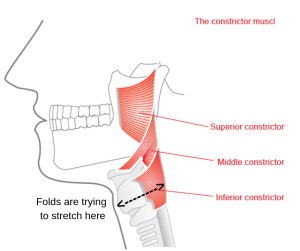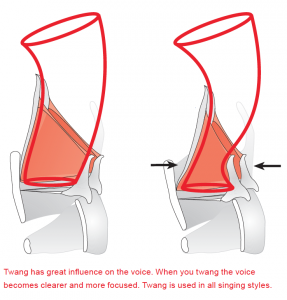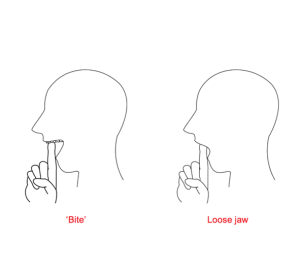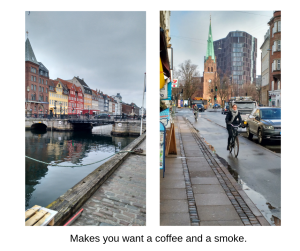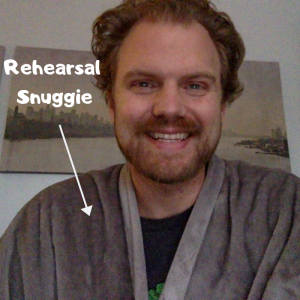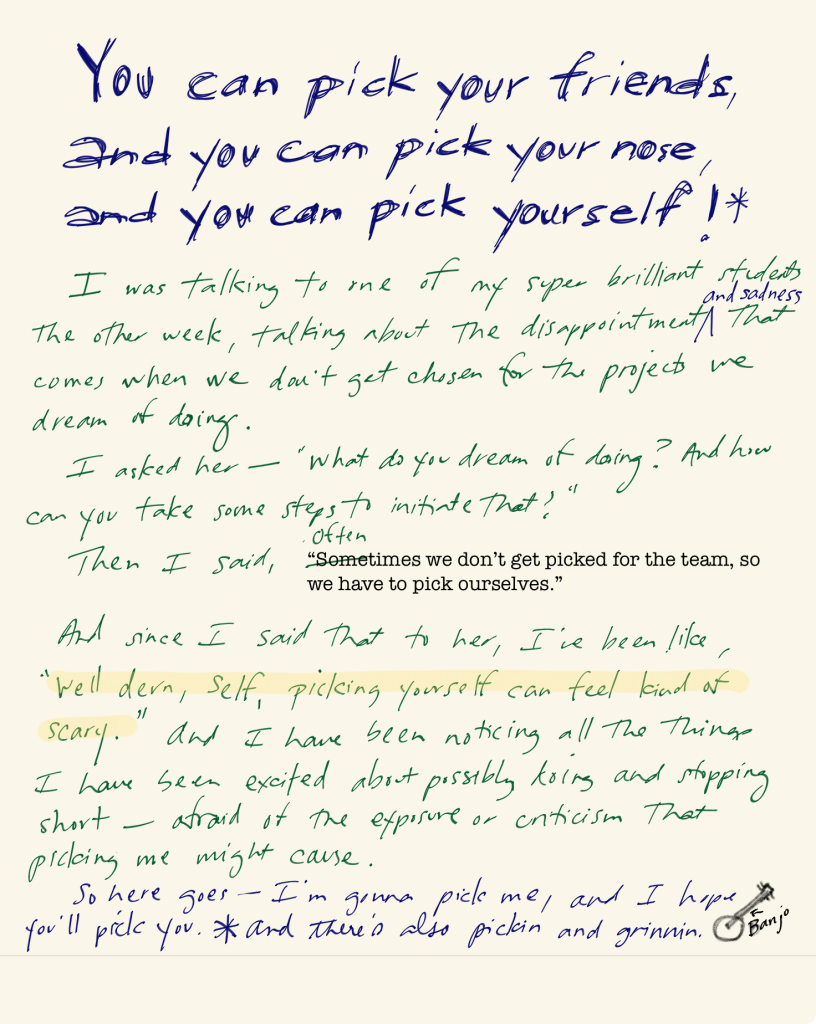Ironically, I’ve been procrastinating this post by looking up quotes and thinking about what I’m going to write rather than writing, and the thing I want to write about is allowing ourselves a shitty first draft.
An SFD as one of my favorite writers, Anne Lamott, wrote about in her book on writing and life, Bird by Bird.
I can’t find the quote now, but I think Stephen Sondheim once said that you do yourself a favor as a writer by letting your stream of consciousness flow and getting it all out on to the paper. He’s not the only one who’s said this, but he’s Stephen Sondheim.
When we do this, then we have some clay to mold.
What are the reasons that we stop the stream?
Perfection(ism) represents different things to each individual.
To some it was/is the way we learned to get love. For others it may be rooted in fear of rejection or looking like a fool. They’re the same thing
It’s rooted in our real need for acceptance.
So that has to be step one in order to let yourself write or sing or act or dance or cook or paint a shitty first draft: acceptance.
And the job is ours, this robust act of saying, “Self, I accept you, and you can write down this thing that your brain is telling you is stupid and will never work. You can sing this phrase that your brain tells you sounds terrible and will never be beautiful, etc.”
What’s the worst thing that can happen? You cut the line. You try another direction for the story. You break down the phrase and figure out how to sing it better or realize it may be a year before you can. You take the script to a good coach. You try the recipe again.
But the ground has to be sown with acceptance.
Maybe all those shitty first drafts are manure that fertilizes the creative seeds we plant every day and helps it turn into a beautiful, cultivated garden.
And the thing is, the garden is always going to need periodic fertilizing.


